We caught up with the brilliant and insightful Gary Dusek a few weeks ago and have shared our conversation below.
Gary, thanks for taking the time to share your stories with us today So let’s jump to your mission – what’s the backstory behind how you developed the mission that drives your brand?
We develop and implement neighborhood-scale solutions addressing the plastic waste crisis. We transform plastic waste into usable raw material for art, furniture, design objects, building materials, and products.
Waste is as much a socio-economic issue as it is a material problem. Waste disproportionally ends up in lower-income neighborhoods and developing countries. If we can turn this material into a resource, we simultaneously confront the issue while creating sustainable economic development in areas that desperately need it.
Combatting plastic waste from the street level enables us to foster public participation and see direct, meaningful results in our communities. We see waste as a raw material to create beautiful, enduring, and useful objects.
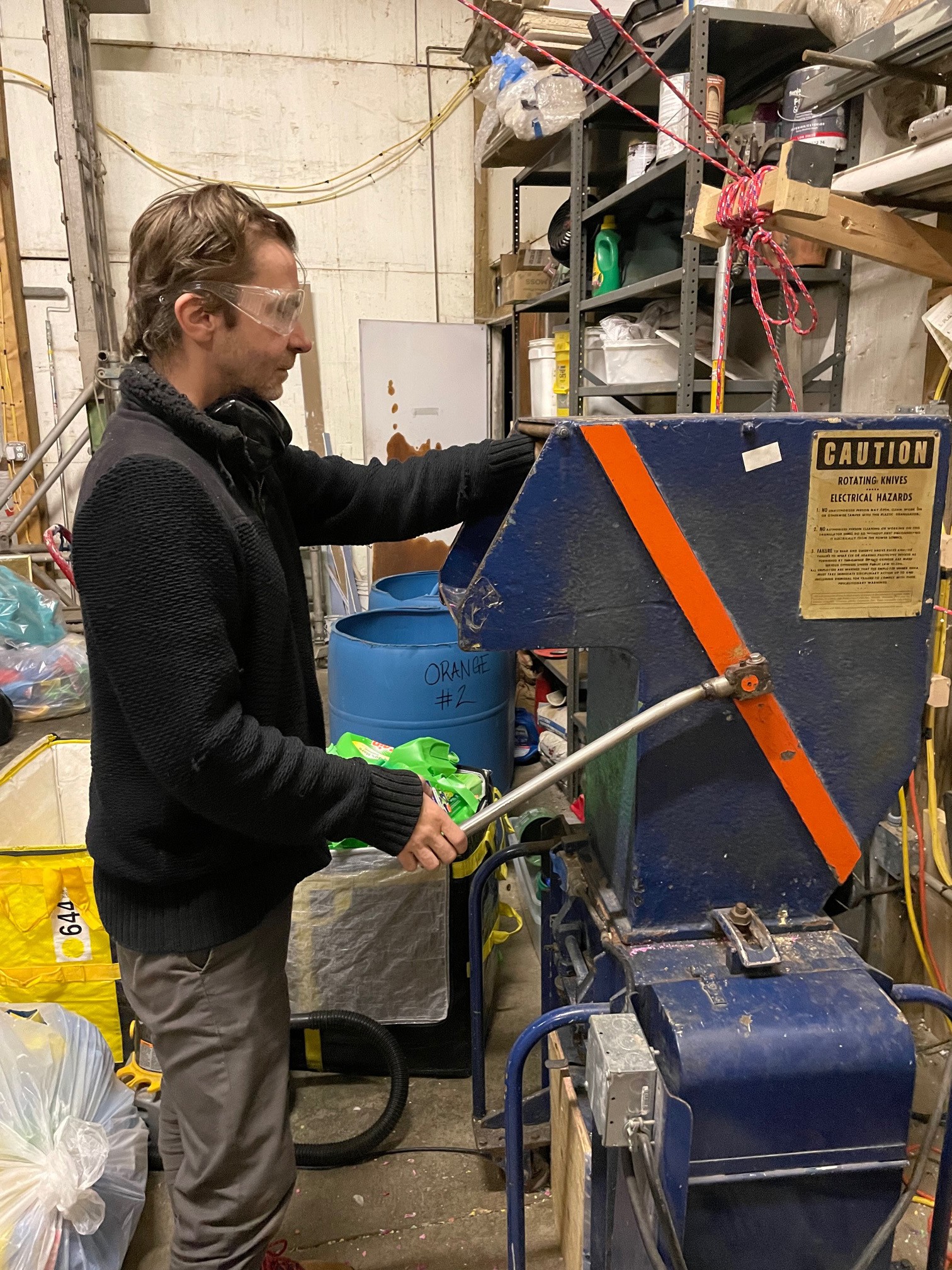
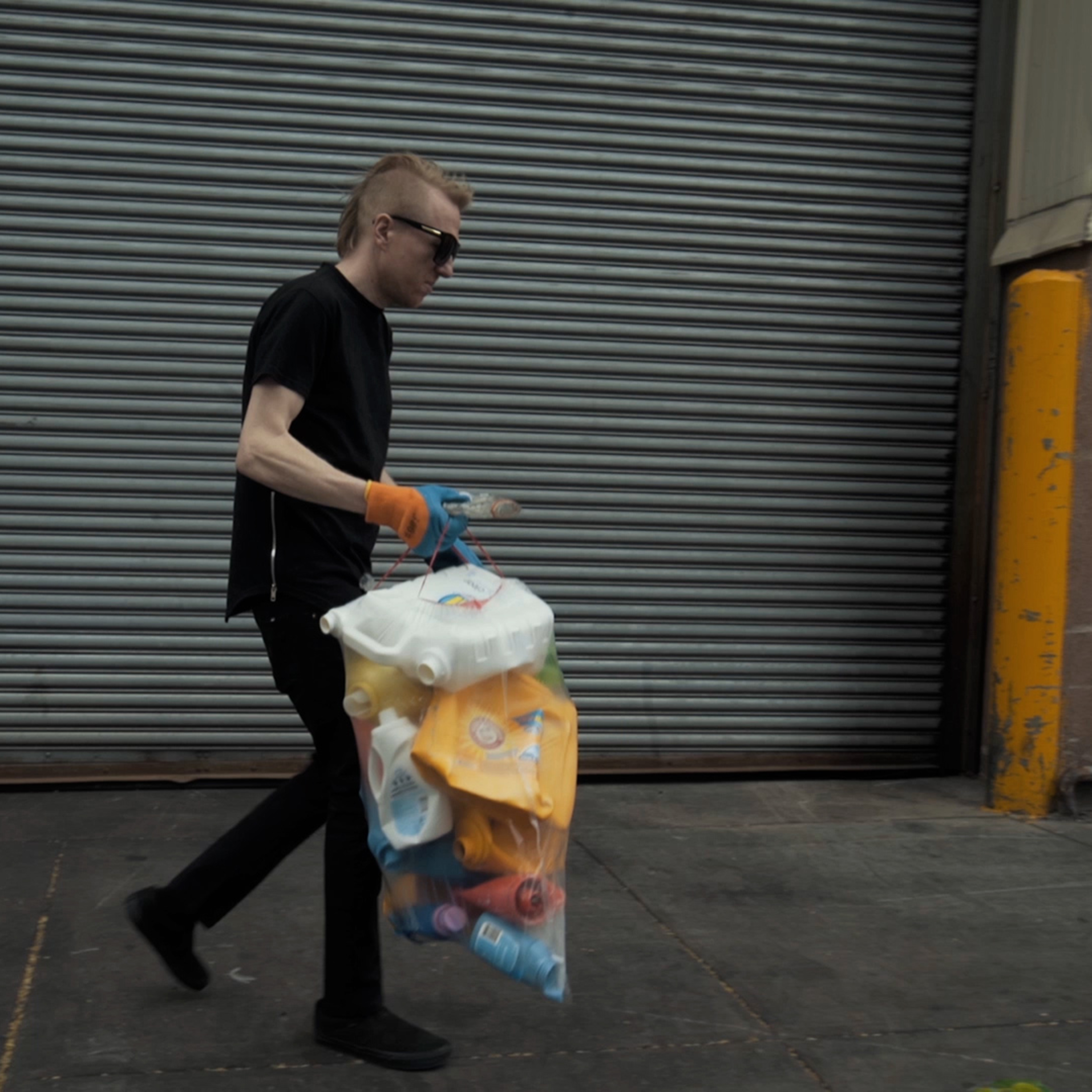
As always, we appreciate you sharing your insights and we’ve got a few more questions for you, but before we get to all of that can you take a minute to introduce yourself and give our readers some of your back background and context?
My grandfather was a staunch conservationist and instilled those values in me at an early age. He did not believe in waste. He would use whatever resource was available to get the job done or create something from “nothing”.
This became a fundamental philosophy when I began to make art and to design things. I thought a lot about underutilized resources and what people are actively trying to get rid of. These resources are pretty easy to acquire as a “starving” working artist, while also addressing major systemic issues.
During my design education at Parsons, I had a class called “Build your own factory” which explored ideas of small-scale, circular manufacturing using trash. I was immediately obsessed with the idea of using plastic waste as a raw material while simultaneously doing something about the massive plastic pollution crisis we are facing in our time. I began to deeply research these topics and connect them to community, underserved groups who were already reclaiming recyclables for supplemental or primary income, and individuals that had a desire to take action. This lead to the development of Precious Plastic NYC.
The PPNYC team consults, educates, develops, and implements neighborhood solutions related to the global plastic waste problem. We collect plastic “trash” from the streets, local businesses, schools, and cleanups. We process this plastic into a usable raw material with many applications. We then produce building stock, art, products, furniture, and whatever else you can imagine that can be made from plastic. We partner with brands, organizations, artists, and individuals to create circular strategies and production. Using small-scale, closed-loop manufacturing methodologies allows us to address waste at the ground level, with tangible, beautiful end results. We help improve our city’s current infrastructure and make it more equitable for the community to participate. The mission is to keep neighborhoods free of plastic waste while simultaneously creating opportunities for waste reuse in the arts, design, education, and circular manufacturing.
We are a process-forward, rather than a product-forward, company. Our solutions are tailored to individual clients’ needs, from creating products out of a brand’s waste to designing circular systems for waste reclamation to deep material R&D.
We are proud to be a part of the plastic solution, taking trash off of the streets to create value for our communities and clients!
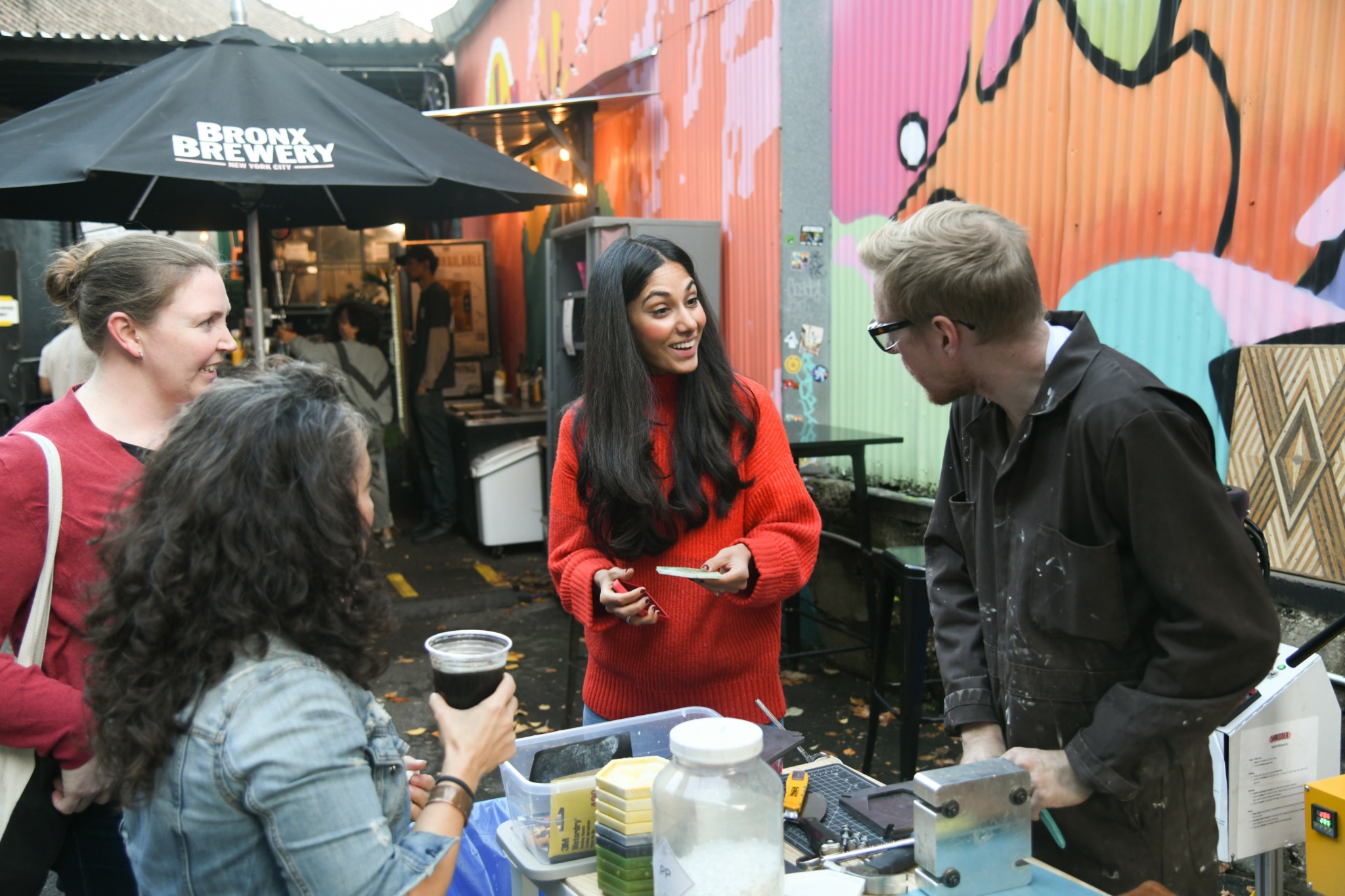
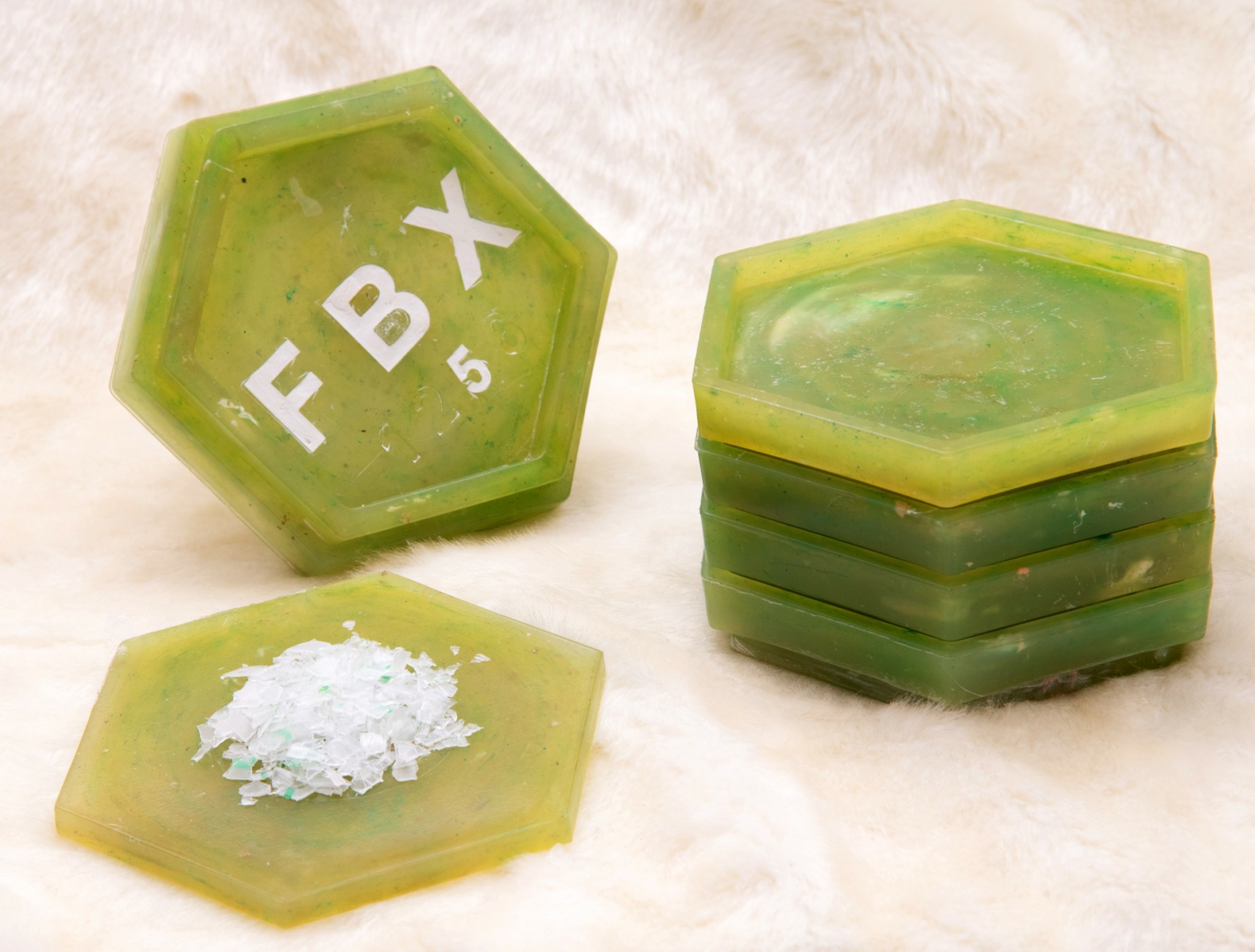
Okay – so how did you figure out the manufacturing part? Did you have prior experience?
We manufacture all of our products and we partner with brands, organizations, artists, and individuals to create circular strategies and production. Coming from artistic backgrounds, we had some idea of how to make things but manufacturing is a very different animal. We did not have the capital to buy industrial equipment, so we made it ourselves, piece by piece. We started by building plastic processing machines based on the open-source plans available from Precious Plastic. We realized pretty quickly that we needed to speed up the process and increase our capacity if we wanted to remain solvent in NYC. Keeping manufacturing local, in particular in our city, is a major challenge due to cost. The manufacturing system of producing overseas is, in our opinion, an unsustainable and exploitative model of production. We learned that we could never compete price-wise, so we needed to find more ways to add value.
Slowly but surely we have scaled up our equipment to a small industrial scale, bringing unit cost down and enabling us to produce more efficiently. A key balance for us is maintaining the magic of handmade and bespoke materials, while maximizing our ability for fast production. Local means we can have the direct impact of removing waste from our streets, developing local green jobs, and reduce carbon impact of shipping things all over the world.
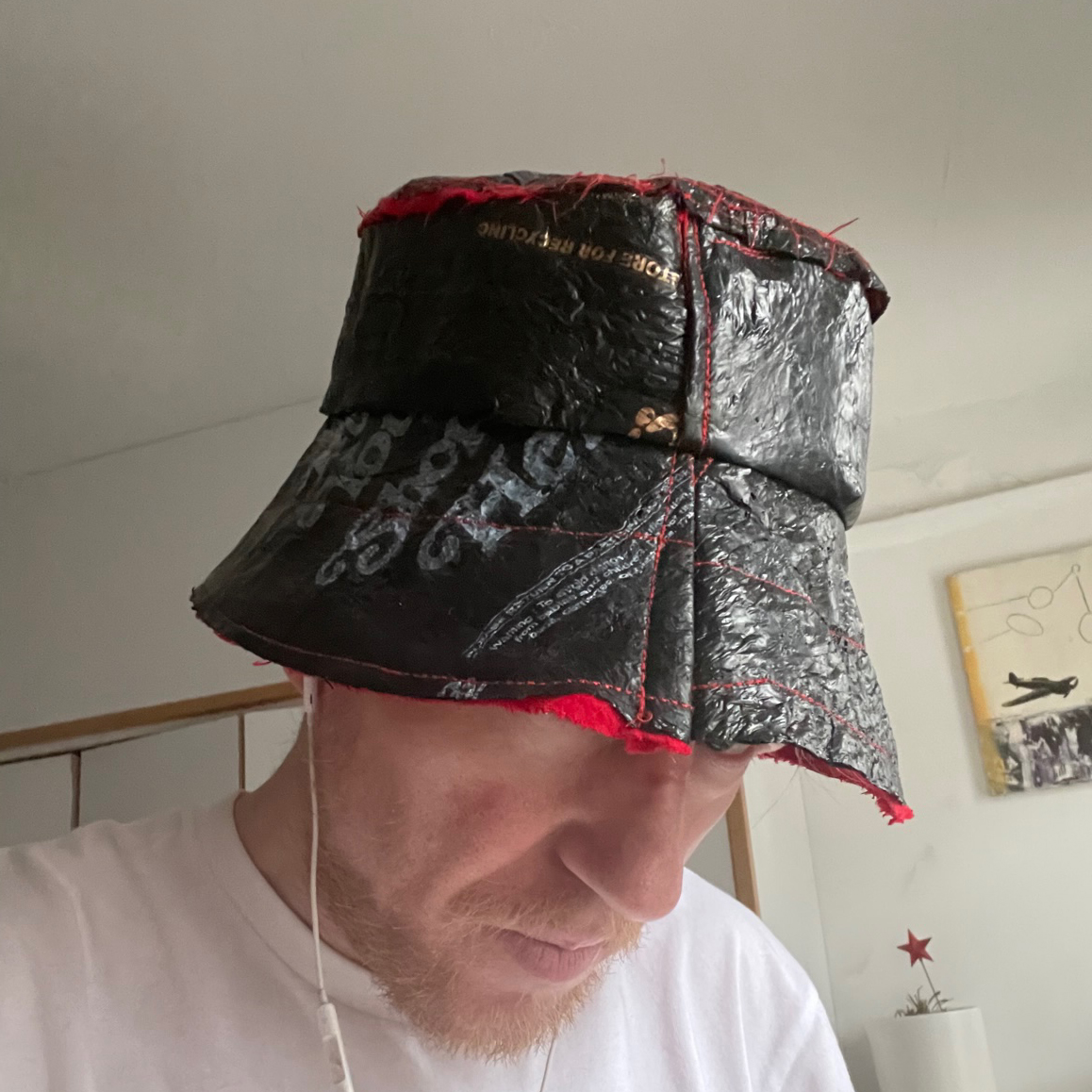
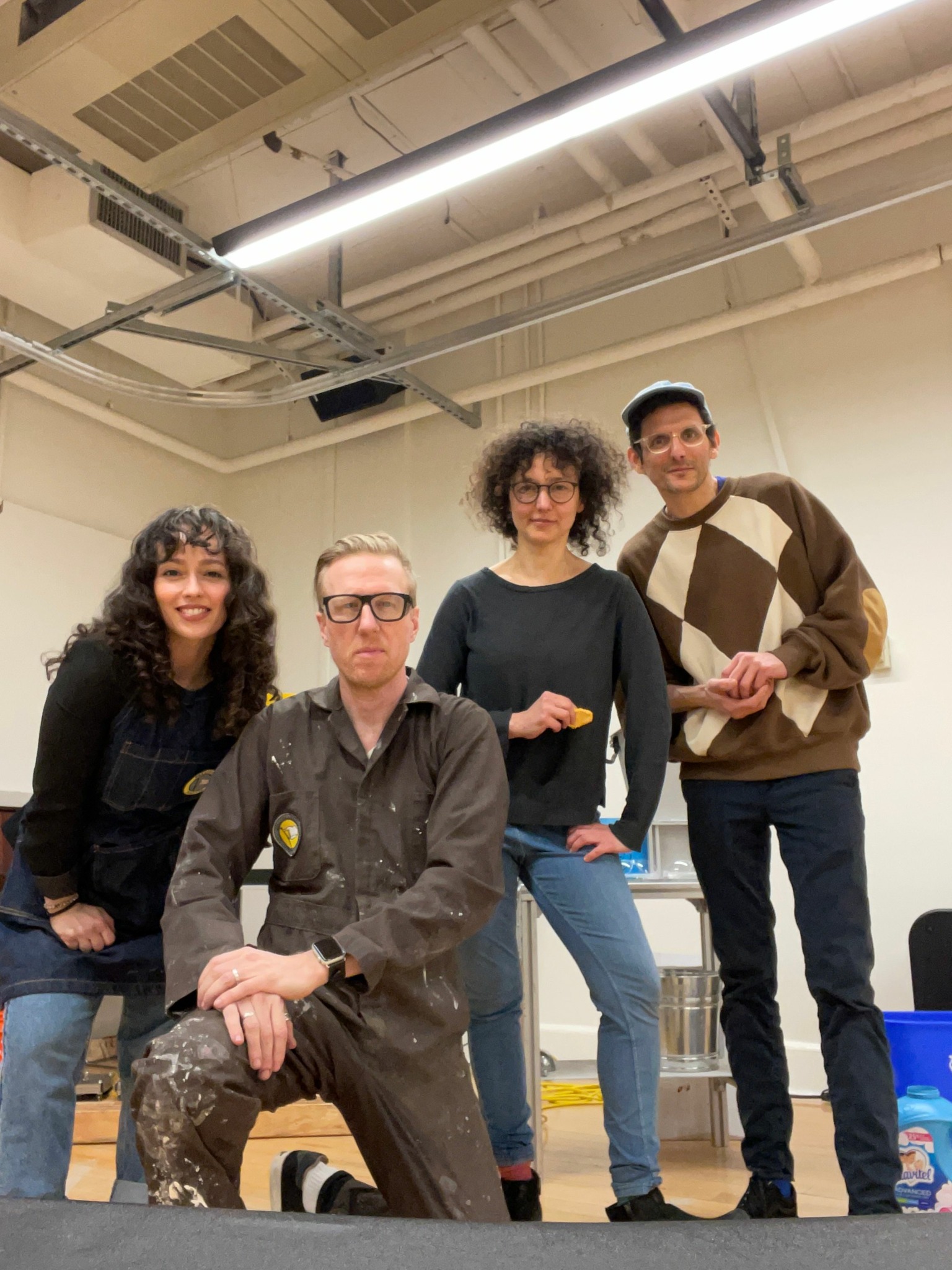
Do you have multiple revenue streams – if so, can you talk to us about those streams and how your developed them?
We have diverse revenue streams and take on anything that relates to plastic waste reclamation. We do consulting, set up collection systems, educational outreach, materials testing and R&D, product development, design, fabrication, and full circle realization. We are very agile, taking raw materials from the waste stream and filling in wherever needed to take these materials back to the marketplace.
Contact Info:
- Website: https://www.preciousplastic.nyc
- Instagram: @preciousplasticnyc
- Facebook: https://www.facebook.com/preciousplasticnyc
- Twitter: @preciouspnyc

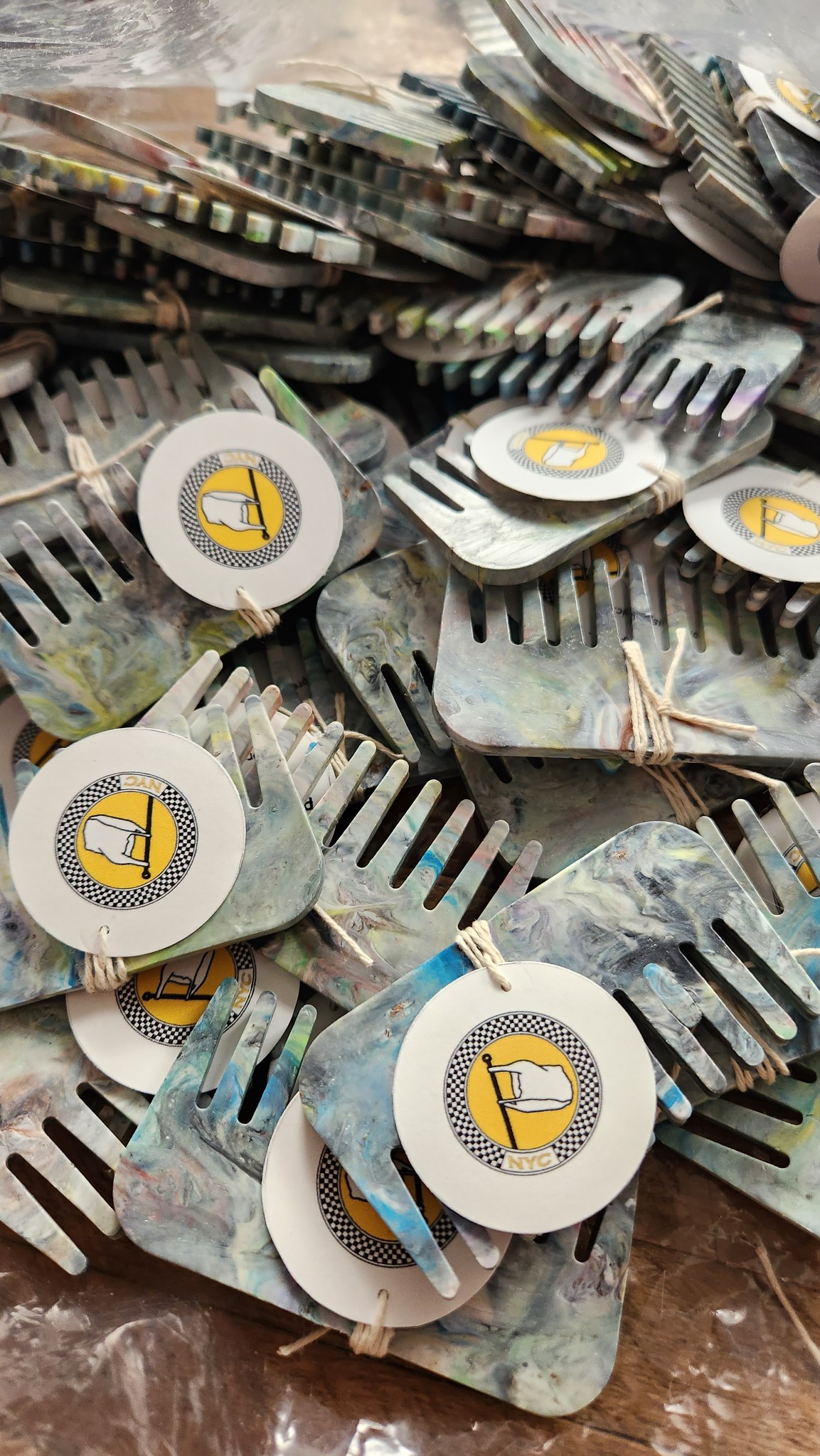
Image Credits
Molly Woodward, Dempsey Gaspar


